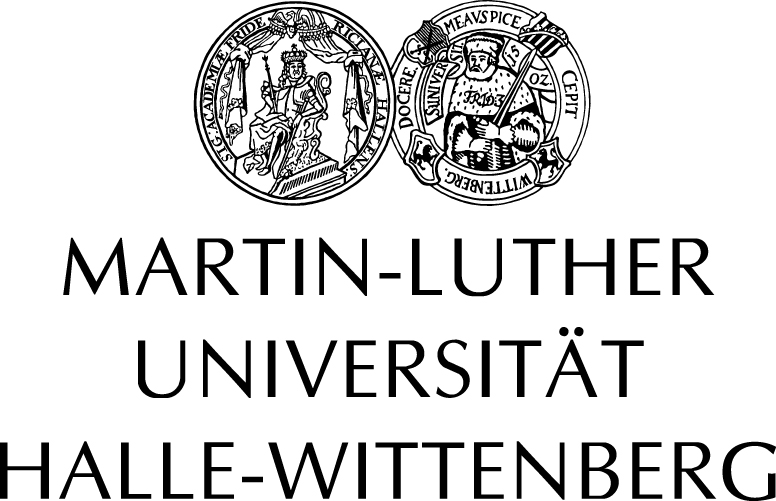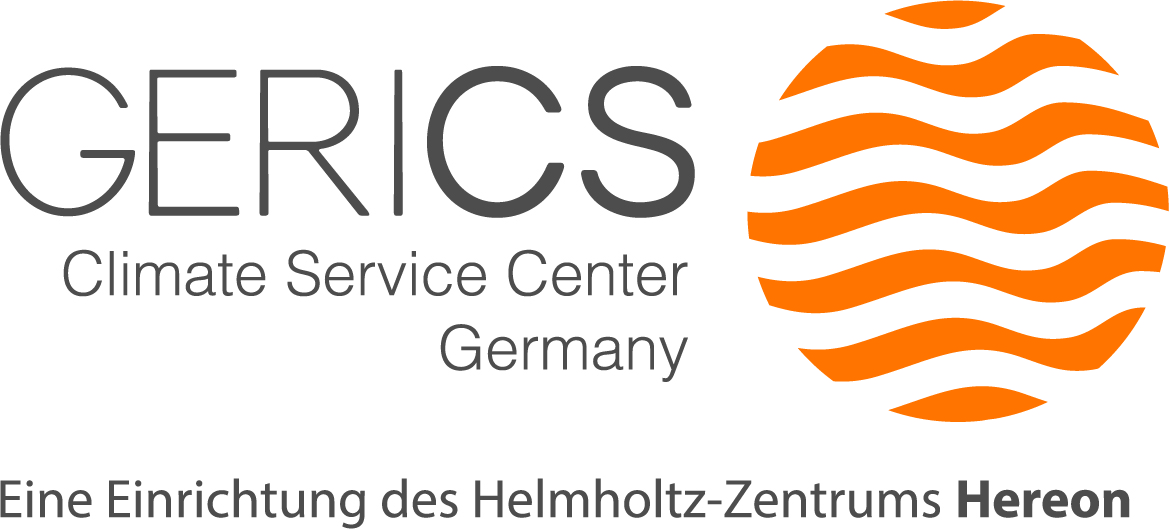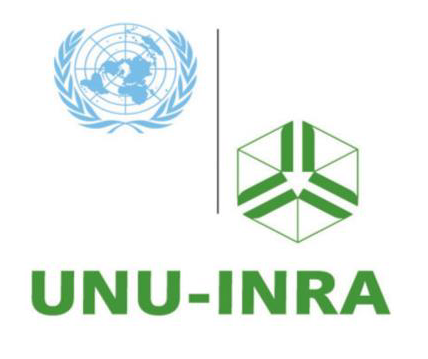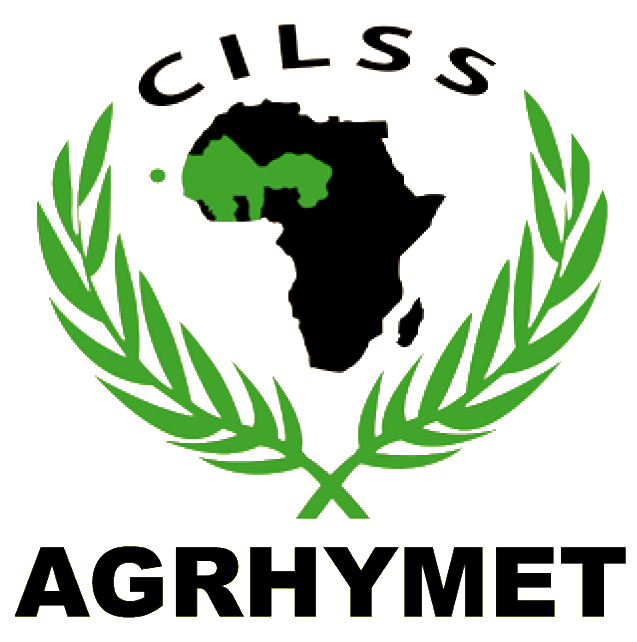About the LANDSURF Project
Goals and Objectives
The African continent faces various challenges and numerous risks due to current and
future climate
change. To strengthen the resilience of West African societies in the sectors of
agriculture, food
security, water management, and risk management, adaptation measures need to be planned
and
implemented in time. Planning and implementing climate change adaptation measures
requires reliable
and easily accessible regional climate change information tailored to the needs of
different
end-users. Extensive modeling is needed in order to generate such regional information
on potential
future climate change.
In the German BMBF-funded project WASCAL-LANDSURF, an Earth system model for West Africa
is being
developed to enable high-resolution regional climate change information. The novel
aspect of this
regional climate modelling approach is the consideration of dynamic interactions between
atmosphere
and land surface processes, including anthropogenic land cover change and land
degradation, and
between atmosphere and ocean. A major focus in the development of the model and a
web-based decision
support system (DSS) for the sectors agriculture, food security, water management and
risk
management is the involvement of end-users. In addition, tailored training workshops for
different
user groups will be provided throughout the project.
Main Goals:
- Make obtained data from the LANDSURF project freely accessible
- Co-development of design and contents together with stakeholders
- Transfer, dissemination and distribution of knowledge, climate information and data from research
- Enable stakeholders and smallholders to incorporate the data and insights gained into their decision-making process
- Strengthen resilience of West African stakeholders and smallholders in regard to climate change
Project Partners
-
Germany
Name Discipline Prof. Dr. Heiko Paeth Climatology Dr. Katrin Ziegler Climatology Dr. Daniel Abel Climatology Dr. Michael Thiel Remote Sensing Dr. Insa Otte Remote Sensing Dr. Thorsten Dahms Remote Sensing -

University of Halle-Wittenberg
Germany
Name Discipline Prof. Dr. Christopher Conrad Remote Sensing, Geoecology Lorenz König Geoinformatics Dr. Mike Teucher Remote Sensing, Geoecology -

GERICS - Climate Service Center Hamburg
Germany
Name Discipline Dr. Torsten Weber Dr. María Máñez Costa Tania Guillén -
Burkina Faso
Name Discipline Dr. Jean-Bosco Benwindé Zoungrana Martine Kaboré Amadou Traore -

United Nations University Accra
Ghana
Name Discipline Dr. Fatima Denton Dr. Johnson Nkem Maria-Ancilla Bombande Dr. Ferdinand Tornyie Barbara Baidoo -

Federal University of Technology Akure
Nigeria
Name Discipline Prof. Dr. Vincent Ajayi Dr. Imoleayo Ezekiel Gbode -
Niger
Name Discipline Dr. Seydou B. Traore Dr. Moussa Waongo Dr. Amadou Coulibaly
The Web Portal - DSS
What is a Decision Support System (DSS)?
- It's an interactive and flexible computer based system
- DSS's are used for the identification and solution of complex problems
- Provides information to help make the best possible decision
Note
Decision support is neither a decision proposal nor a decision itself. This portal aims to give solid and efficient information in a comprehensive way.
Spatial Decisions - SDSS
Our system can be described as a spatial decision support system (SDSS)
- Maps play a decisive role in decision support processes
- Usage of maps reduce decision time
- Increases understandability and accuracy of the results

What can Users Achieve?







